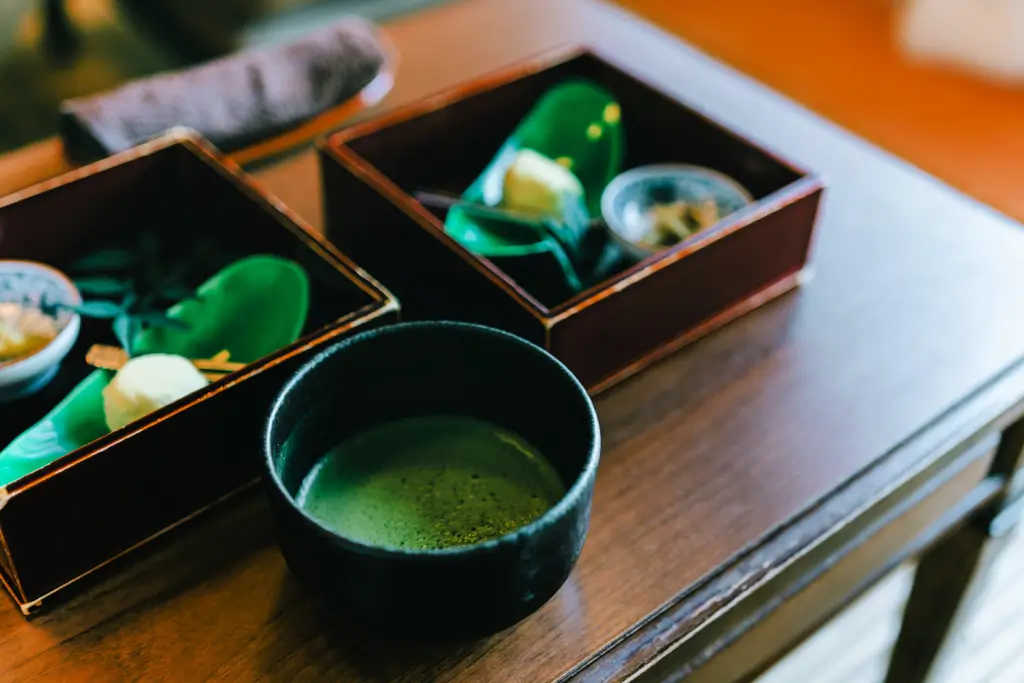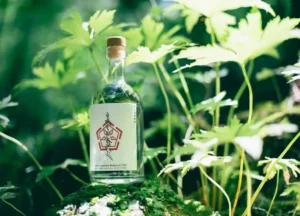Shizuoka, Japan, is one of the top producers of green tea. It’s also famous for its beautiful landscapes and rich tea culture. The region has many notable tea areas, each offering a unique experience and flavor. Visitors can tour tea fields, try tea-picking, and enjoy freshly brewed green tea. From the vast plains of Makinohara to the quiet mountains of Tenryu, every area has something special!
Table of Contents
ToggleMakinohara
Makinohara is the biggest tea-growing area in Japan and stretches across a large flat plain. The region is known for producing Fukamushicha, a deep-steamed green tea with a strong flavor and vivid green color. Makinohara tea has a smooth, rich taste thanks to the climate and soil. Visitors can participate in tea-picking experiences and watch how tea is processed in local factories. Tea lovers can also relax in cafes serving many local tea varieties.

This area uses the traditional Chagusaba farming method, where cut grass is spread between tea rows to improve the soil and support plant growth. UNESCO recognizes this practice as a Globally Important Agricultural Heritage System. Local farmers are proud of their sustainable farming and welcome visitors who want to learn more. With its large fields and deep tea heritage, Makinohara offers a complete tea experience!
Tenryu
Tenryu is located in the western mountains of Shizuoka and is known for its high-quality mountain tea. The steep slopes and cool climate help produce tea with a sweet aroma and gentle taste. The significant difference between daytime and nighttime temperatures adds to the tea’s rich flavor. Tea bushes grow slowly in the misty mountain air, giving the leaves more time to develop flavor.
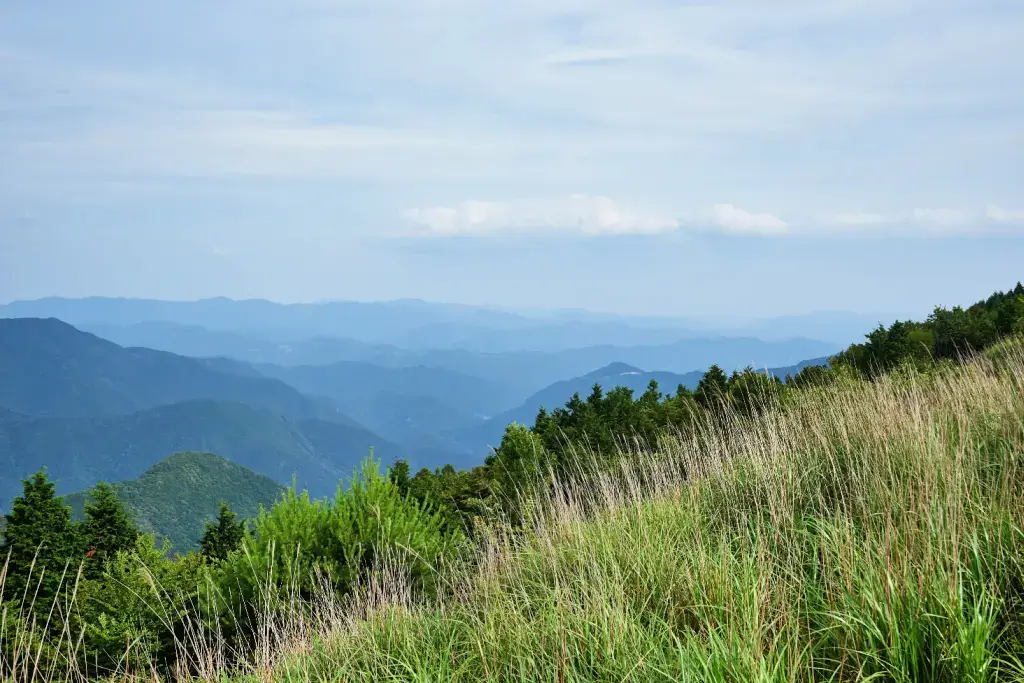
It’s also a great place to meet skilled tea farmers who still hand-pick leaves using traditional methods. Local farms often offer guided tours where guests can try making tea themselves. The tea produced here is highly prized in Japan and often wins awards. In addition to tea, the region offers hiking trails and natural hot springs for a relaxing getaway.
Shida
The Shida area in Shizuoka, Japan includes the towns of Okabe, Fujieda, and Shimada, which have a long history of tea growing. Okabe is especially famous for producing Gyokuro, one of the highest-quality green teas in Japan. Gyokuro is grown in the shade, which gives it a sweet, umami-rich flavor that tea fans love. The area’s clear rivers and well-drained soil create perfect conditions for growing this special tea.
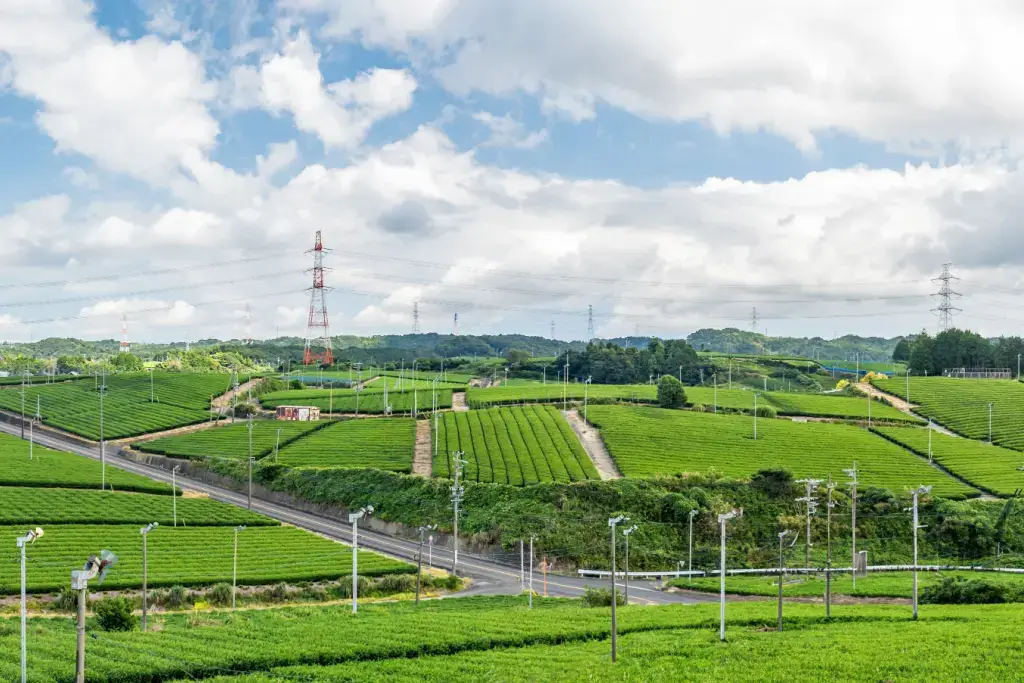
Shimada City, in particular, has the Tea Museum of Shizuoka, where people can learn about the history and science of tea. The museum also offers hands-on activities like tea-rolling and tea ceremonies. Many local tea shops in Shida sell freshly packed tea and handmade teapots. The area’s calm riverside scenery and old-style streets make it a charming place to explore.
Kawane
Kawane is located along the Oi River and is famous for its sweet and fragrant mountain tea. The area’s high elevation and cool temperatures help tea leaves grow slowly, making them flavorful and smooth. Many people say Kawane tea has a clean taste that stays in the mouth. Tea farms in the region are often small, family-run businesses that focus on quality. The tea fields offer great views of the river and surrounding forests.
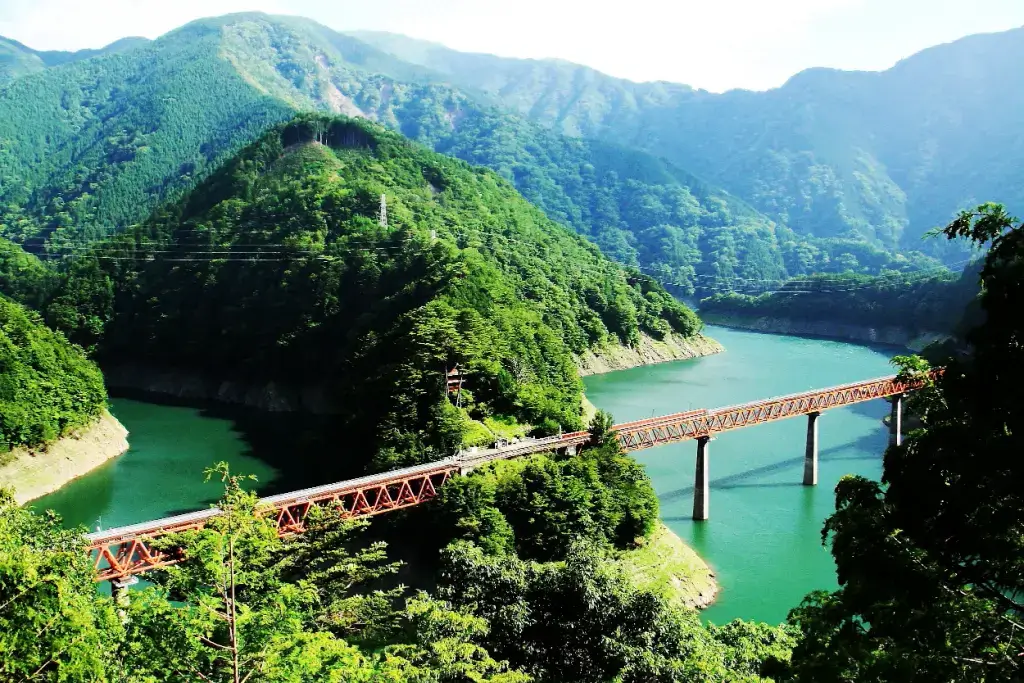
Visitors to Kawane can ride the Oigawa Railway, which offers scenic train rides past tea farms and mountain valleys. Some farms also offer tea-making workshops and guided walks through the tea fields. During the harvest season, tourists can try picking tea by hand. The area is also known for its relaxing hot springs and nature trails.
Are you looking for great snacks to pair with your tea? Check out Sakuraco! Sakuraco delivers traditional Japanese snacks, teas, and sweets from local Japanese makers directly to your door so you can enjoy the latest treats directly from Japan!
Kakegawa
Kakegawa is a tea-rich area in southern Shizuoka that blends tradition with new ideas. It produces bright green, full-bodied tea that is easy to drink. Many farmers here use the Chagusaba method to improve the soil naturally and protect the environment. Kakegawa’s tea has won national awards and is sold across Japan and abroad. The region is also a leader in using technology to improve tea-making.

One of the main attractions is the Kakegawa Tea Museum, where visitors can watch tea being made and enjoy different tea flavors. The museum has a garden and tea ceremony room. Nearby, cafes and stores sell fresh tea, matcha sweets, and souvenirs. Guided tours of local farms let you meet the farmers and see how tea is grown. Kakegawa is perfect for those who want to enjoy tea and learn about old and new tea-making styles.
Why should I visit these green tea areas in Shizuoka, Japan?
Visiting these tea regions is a great way to experience Japanese culture and taste fresh, local green tea. Each area offers a different kind of tea, so you can learn how location and farming style affect the flavor. Activities like tea picking and tea ceremonies help visitors understand the hard work and care of making tea. These hands-on experiences also let you meet friendly locals who love to share their tea traditions.

Traveling to these areas also supports small farmers and eco-friendly farming methods. For example, the Chagusaba method used in Makinohara and Kakegawa helps protect plants and animals in the area. Tea tourism also keeps these traditions alive for future generations. Shizuoka is easy to reach from Tokyo, making it an excellent choice for a day trip or weekend getaway. If you enjoy tea, nature, and culture, these tea areas are perfect to explore. Have you ever been to Shizuoka, Japan? Have you ever tried green tea in these regions? Let us know in the comments below!

